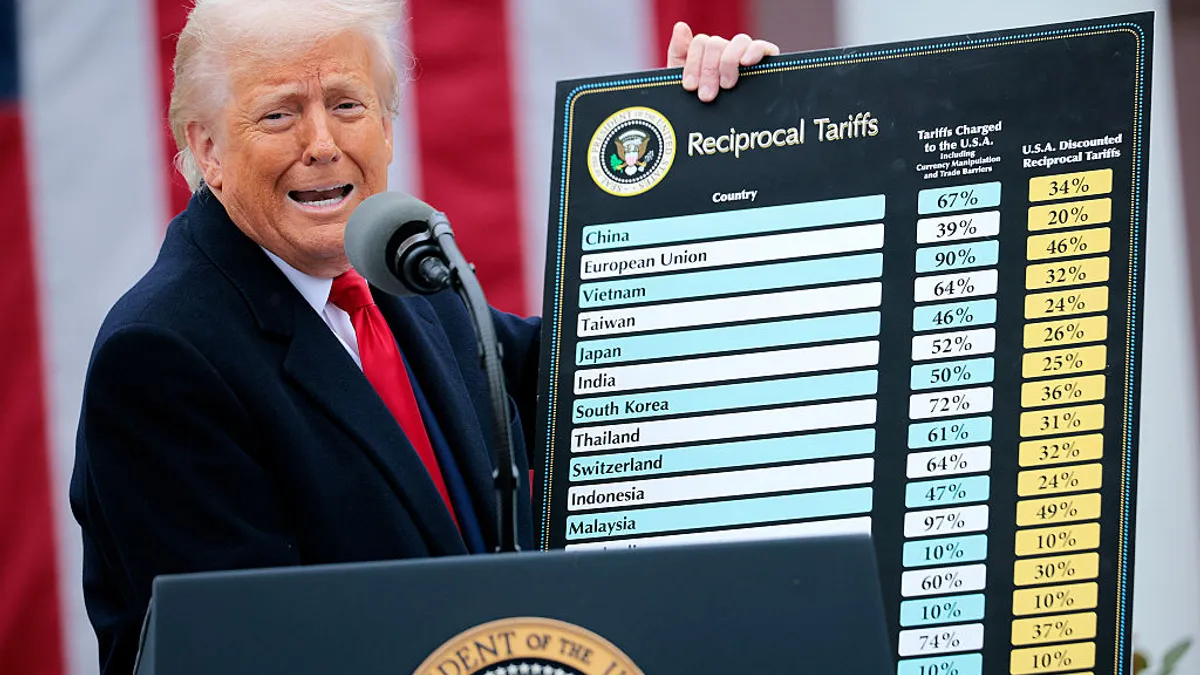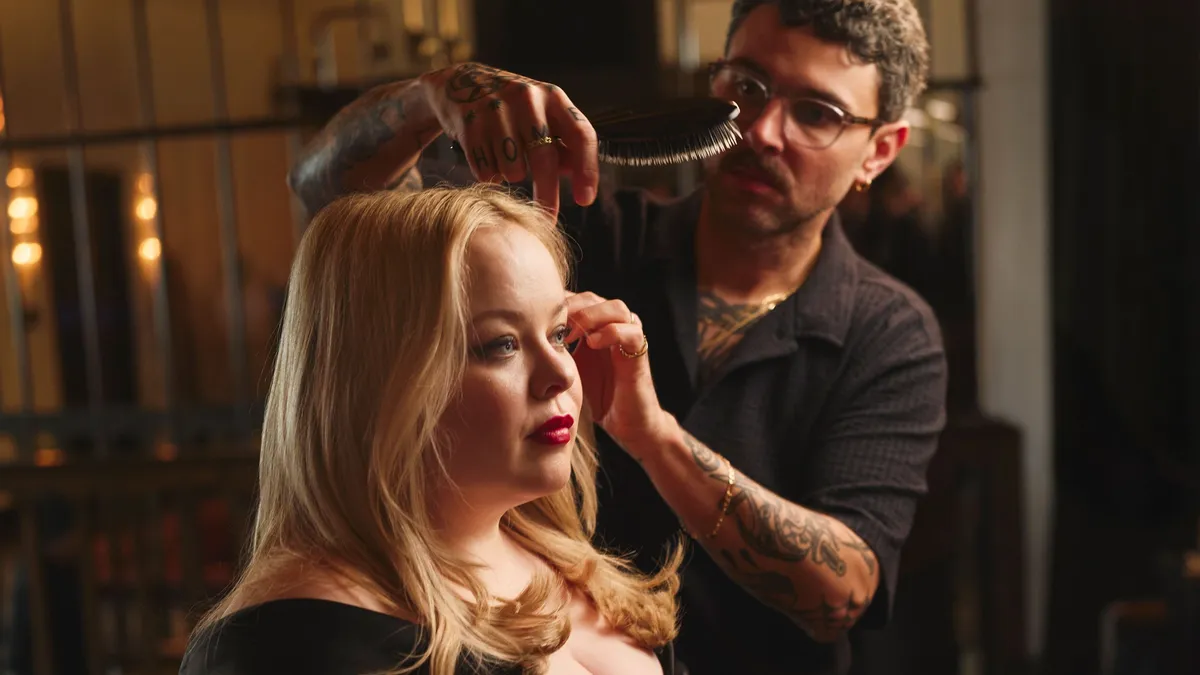The following is a guest post from Greg Stuart, CEO of the trade group MMA Global. Opinions are the author's own.
When I kicked off a closed-door meeting for some of the most prominent CMOs three years ago, the group inadvertently stumbled upon one of the biggest problems in marketing: a lack of agreement and alignment on what exactly a chief marketer's role is.
The room was full of leaders from the likes of General Motors, T-Mobile, Dunkin', Chobani, Allstate, Marriott and others. After an hour of energetic debate and widespread disagreement, we realized no one could align on the role's definition. In some respects, CMOs have done this to themselves (or ourselves: having been a CMO earlier in my career, I share complicity here).
Marketing is such a generic, catch-all term that we have not standardized the different marketing orientations or expertise needed, and most importantly, we have not aligned them to a growth strategy.
Marketers are often guilty of emphasizing the latest shiny new object rather than stepping back to clearly define the mix of skills needed for a go-to-market strategy. Is the objective to grow sales, build brand or purpose, design customer experiences and services, or something else? I believe the skills for each are completely different.
So if CMOs are the go-to experts for building equity and understanding, and seeing as how the equity and understanding of that position is in question, I say: CMO, heal thyself!
To do so, we must first address the lack of clarity. We tend to approach marketing skills as distinct or unique to a given category — automotive, pharmaceutical, banking and finance, quick-service restaurants, etc. We need to break out of that compartmentalization. After all, Gillette as a razor company has little in common with direct-to-consumer (DTC) brand Harry's from a marketing perspective. One is brand driven via retail distribution usually accompanied by mass media, while the other specializes in DTC transactional strategy. So while the product is nearly the same, the go-to-market approach is completely different, requiring different skills, platforms, team expertise and organizational structures.
CMOs need to help foster understanding that marketing is far from a one-size-fits-all discipline. It's multifaceted in part because marketers are called upon to do so much more in the digital age. There is some evidence that CMOs fail because they are the wrong person for the job. Why? I believe it's often because we in marketing have not crystallized these frameworks and supported our CEOs in understanding our function and its aforementioned permutations.
With that understanding in place, here is how CMOs can better ensure both their success and their contribution to growth:
Define your role according to the company's needs and go-to-market strategy
Too often, what a CMO thinks they are expected to accomplish does not align with the CEO's expectation — or the CFO's, for that matter. This sounds easier than it is. Is the goal to grow sales? Is it to better the customer experience? Is it to spur brand awareness or reposition the brand? Is it to be the voice of the customer to the company? All of the above or something else? Until that alignment is achieved, the opportunity for diverging directions is greater than it should be.
Assess your marketing department to ensure it can deliver on goals
A CMO will frequently reorganize a department without alignment to a core strategy. It's common for companies to describe a role in which the chief marketer has only limited responsibilities but is expected to change the overall performance of the firm — an instance where expectation exceeds authority. Often, CMOs forget they are not about leading a function as much as a coalition in the company.
Set up accurate metrics and KPIs to gauge execution of goals
Without a measuring stick, the CEO won't know how far the CMO has come, and the CMO may not have sufficient motivation to hit goals that are too easy to reach.
Ensure carved out CMO role uniquely fits your skills
This is harder than it sounds. Perhaps the best analogy of what a CEO should look for is to find the right athlete for the spot on the field, not just the best player of a specific sport. Look at someone like John Costello, who successfully transitioned from a career at Sears (he had a hand in crafting 1993's "Softer Side of Sears" campaign) to transforming Dunkin' with its classic tagline, "America runs on Dunkin'." Both required a strong repositioning of the brand role to consumers, not just a retail CMO. On paper, those are different categories, but brand purpose and repositioning are common elements of marketing applied to both leadership roles.
If CMOs can't agree on what their job and role is, certainly then CEOs and CFOs cannot, nor can they properly assess that position's success. As a discipline, chief marketers are the experts in building understanding and equity. Heading into what will be a most challenging year, let's apply those skills to better align CMOs' role with growth strategies to help companies realize the full impact of this critical leadership position.






















